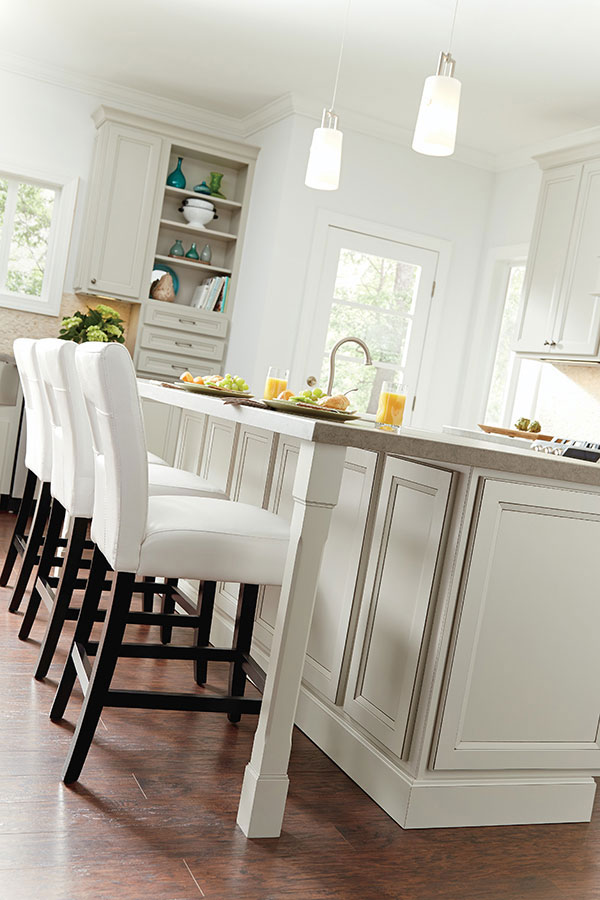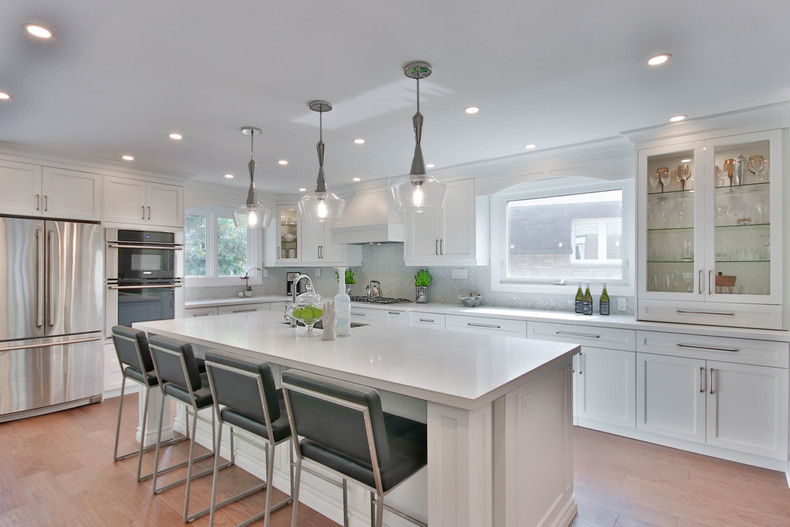Ingenious and Fashionable Layouts in Modern Legs For Kitchen Island Solutions
Ingenious and Fashionable Layouts in Modern Legs For Kitchen Island Solutions
Blog Article
An Overview to Choosing the Perfect Legs For Kitchen Area Island for Your Home
Selecting the ideal legs for your cooking area island is a nuanced choice that influences both the functionality and aesthetic allure of this main area. As you think about these aspects, it ends up being apparent that the best legs can transform not only the appearance of your cooking area however likewise its usability for years to come.

Understanding Cooking Area Island Legs
When choosing legs for a cooking area island, it's important to understand their visual and useful functions in the total design. The legs function as a crucial support group, making certain stability and durability for the island, which commonly functions as a work area, eating location, or gathering area. As a result, the choice of material and building strategy should be robust sufficient to withstand everyday usage and prospective wear.
Along with their structural obligations, legs add dramatically to the island's visual charm. They can improve the kitchen's style, whether via standard, contemporary, or diverse designs. The elevation and percentage of the legs are additionally crucial factors to consider; they have to integrate with the island's kitchen counter elevation while ensuring comfortable seating for those using the space.
Moreover, the leg design can influence the overall flow of the kitchen. Open, ventilated leg designs can develop a feeling of agility, while solid, considerable legs may communicate a much more grounded and stable aesthetic - Legs For Kitchen Island. Recognizing these useful and aesthetic elements will guide homeowners in making informed options that match their kitchen area's design and boost its functionality
Popular Styles and Materials
The selection of legs for a kitchen island incorporates a selection of prominent styles and products, each offering special attributes that can improve both functionality and aesthetics. Amongst one of the most popular styles are modern, rustic, and conventional. Contemporary legs frequently feature streamlined, minimalist designs that highlight simplicity and tidy lines, making them suitable for modern cooking areas. Rustic styles, on the other hand, accept natural components and typically showcase recovered wood or troubled finishes, including warmth and appeal to the space. Standard legs usually show luxuriant details and workmanship, improving timeless kitchen layouts.

Elevation and Stability Factors To Consider

The legs of the kitchen area island should offer appropriate support, making sure that the structure can withstand everyday usage without shifting or tottering. Product choice plays a substantial function in security; metal legs, for instance, often tend to offer better toughness compared to wood.
Matching Your Cooking Area Aesthetic
Selecting the right legs for your kitchen area island surpasses functionality; it likewise plays a significant duty in the overall visual of the room. When choosing legs, think about the layout style of your kitchen. For a contemporary appearance, streamlined metal or minimalist styles can produce a tidy, modern vibe. On the other hand, rustic or conventional kitchen areas often take advantage of wooden legs with complex describing or a troubled finish, enhancing company website warmth and character.
Shade is an additional critical factor. Legs that complement or contrast with your island's surface and bordering kitchen cabinetry can create aesthetic consistency or striking focal factors. As an example, combining dark timber legs with a light marble kitchen counter can include deepness and interest. In addition, take into consideration the surface of the legs; matte, glossy, or textured finishes can significantly impact the total feeling of the kitchen area.
Installation and Upkeep Tips
Setting up kitchen island legs calls for cautious attention to information to make sure both stability and visual charm. Begin by selecting an ideal location for your island, guaranteeing it is level and has ample area for motion. Make use of a stud finder to find wall studs if you are affixing the legs to a wall or making use of brackets for included support. Mark my website the positioning of the legs accurately prior to boring.
When safeguarding the legs, use top quality screws and, if needed, timber glue for extra toughness. For metal legs, make sure that you are making use of suitable anchors and devices to stop damage to your floor covering. It is advisable to inspect for levelness after setup, making changes as needed to prevent tottering.
Upkeep is just as important for durability - Legs For Kitchen Island. Regularly check the legs for any type of indications of wear or helping to loosen, specifically in high-traffic areas. Clean the Check Out Your URL legs with an appropriate cleaner, preventing unpleasant products that might scratch the surface. For wooden legs, consider applying a wood conditioner regularly to preserve their surface. By complying with these installment and upkeep pointers, you can ensure that your cooking area island legs remain both practical and aesthetically attractive.
Final Thought
To conclude, choosing the suitable legs for a kitchen island necessitates mindful factor to consider of elevation, stability, and aesthetic compatibility. By picking ideal products and styles that align with the total cooking area style, functionality can be enhanced while keeping visual appeal. Correct setup and ongoing upkeep better add to the toughness and durability of the kitchen island. Inevitably, thoughtful leg choice plays a vital role in boosting both the usefulness and design of the cooking area area.
When selecting legs for a cooking area island, it's important to recognize their aesthetic and useful duties in the total layout. Open, airy leg styles can create a feeling of lightness, while solid, significant legs may share a much more based and secure visual. The legs of the kitchen island must provide appropriate assistance, making sure that the framework can endure everyday usage without wobbling or moving.Installing kitchen area island legs calls for mindful attention to detail to make sure both security and aesthetic charm.In verdict, picking the appropriate legs for a kitchen area island requires mindful factor to consider of height, stability, and aesthetic compatibility.
Report this page